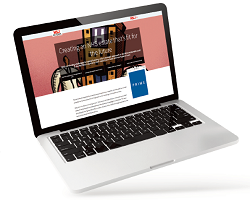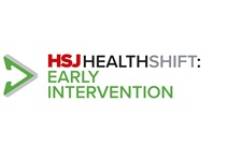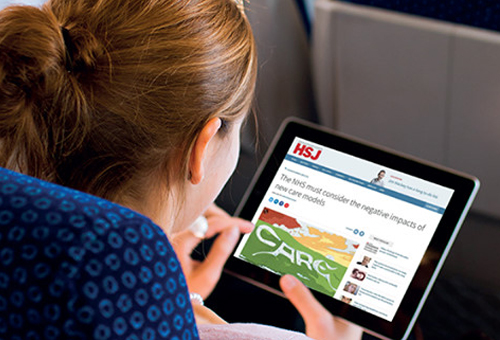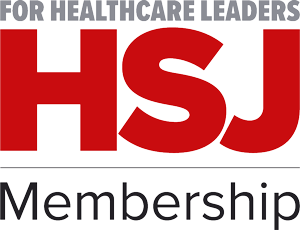Hexarad CEO and ex-NHS consultant radiologist Farzana Rahman explores how AI-driven technology is helping NHS trusts cut costs and reduce the administrative burden on overstretched clinicians.
Some of the most exciting – and headline-grabbing – developments in AI have been in radiology image interpretation, but AI that is focused on increasing efficiency, reducing the administrative burden on clinicians, and cutting down outsourcing costs is arguably having a bigger impact on the NHS.
Advertorial by
NHS trusts are under increasing pressure to increase their diagnostic capacity to reduce waiting times and the NHS’s backlog, but without any prospect of meaningful staff increases. As a result, there is a huge need for technology that can improve productivity and help staff cope with the demand for radiology services, and increasingly, this technology is AI-driven.
Over the last decade, demand for radiology services in the UK has consistently outpaced available resources. According to the latest Royal College of Radiologists (RCR) census, 97 per cent of radiology leads say that workforce shortages are causing delays and backlogs. Ninety-three per cent of radiology departments say that they rely on outsourcing to increase their capacity. The NHS also has a 30 per cent shortfall of clinical radiologists, with 91 per cent of clinical directors saying that workforce shortages are impacting patient safety.
The latest NHS data shows that more than half a million people in England are waiting longer than two months for essential cancer treatment, and, as of January 2024, more than 95,000 patients endured waits exceeding six weeks for CT or MRI scans.
One of the most effective AI interventions we have been developing at Hexarad is a proprietary AI tool to automatically allocate scans to the most appropriate radiologist based on their subspecialty. This approach improves allocative efficiency, enhances diagnostic accuracy, and leads to better patient outcomes. We have also found that by giving radiologists the scans they are the most accurate and fastest at reporting, you can minimise errors and speed up turnaround times.
Our auto-allocation tool can intelligently triage scans to assign them to the radiologist with the most appropriate subspecialty. Scan allocation usually generates a huge administrative burden for radiology departments – in some departments, it can be a full day’s work a week just to allocate scans – as multiple members of staff require hours to allocate scans manually. We currently support subspecialty reporting in nuclear medicine (SPECT CT, planar scintigraphy, cardiac, PET CT), cardiac (CT coronary angiogram, cardiac MRI, TAVI), whole body MRI, lung cancer screening, and CT colonoscopy.
Using a proprietary AI algorithm, the Hexarad auto-allocation tool can process and allocate thousands of scans in minutes, cutting down allocation time by approximately 90 per cent. The tool will auto-allocate 80 per cent of scans it receives, with the remaining 20 per cent diverted to the Hexarad administrative team for further assessment.
Working with NHS trusts across the UK, we have found that our tool improves allocative efficiency by ensuring the right resources are used for the right tasks. Subspecialist radiologists are able to work at the top of their license, focusing on cases that fall within their domain of expertise. This optimises the use of existing workforce capacity, balances workloads across subspecialties, and reduces delays caused by misallocation or re-routing of cases.
Subspecialists also tend to be more attuned to the nuances and rare findings within their area of practice. Their reports tend to be more precise, clinically relevant, and aligned with the referring team’s expectations. This reduces the likelihood of diagnostic errors and ensures patients receive appropriate follow-up recommendations based on a more nuanced understanding of the pathology.
Most importantly, using AI to allocate scans ultimately benefits the patient because they are not only likely to receive their results more quickly, but their scan will also have been reported by a specialist. So, patients benefit from faster, more accurate diagnoses and are less likely to experience delays in care, unnecessary repeat imaging, or the harm that can arise from missed or misinterpreted findings.
So, while the headlines have been grabbed by AI tools for scan interpretation, at the moment, AI-enabled tools that reduce the administrative burden on clinicians while allowing them to focus on applying their clinical expertise are arguably having a bigger impact, particularly in the NHS.




























